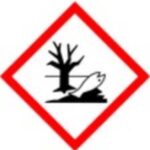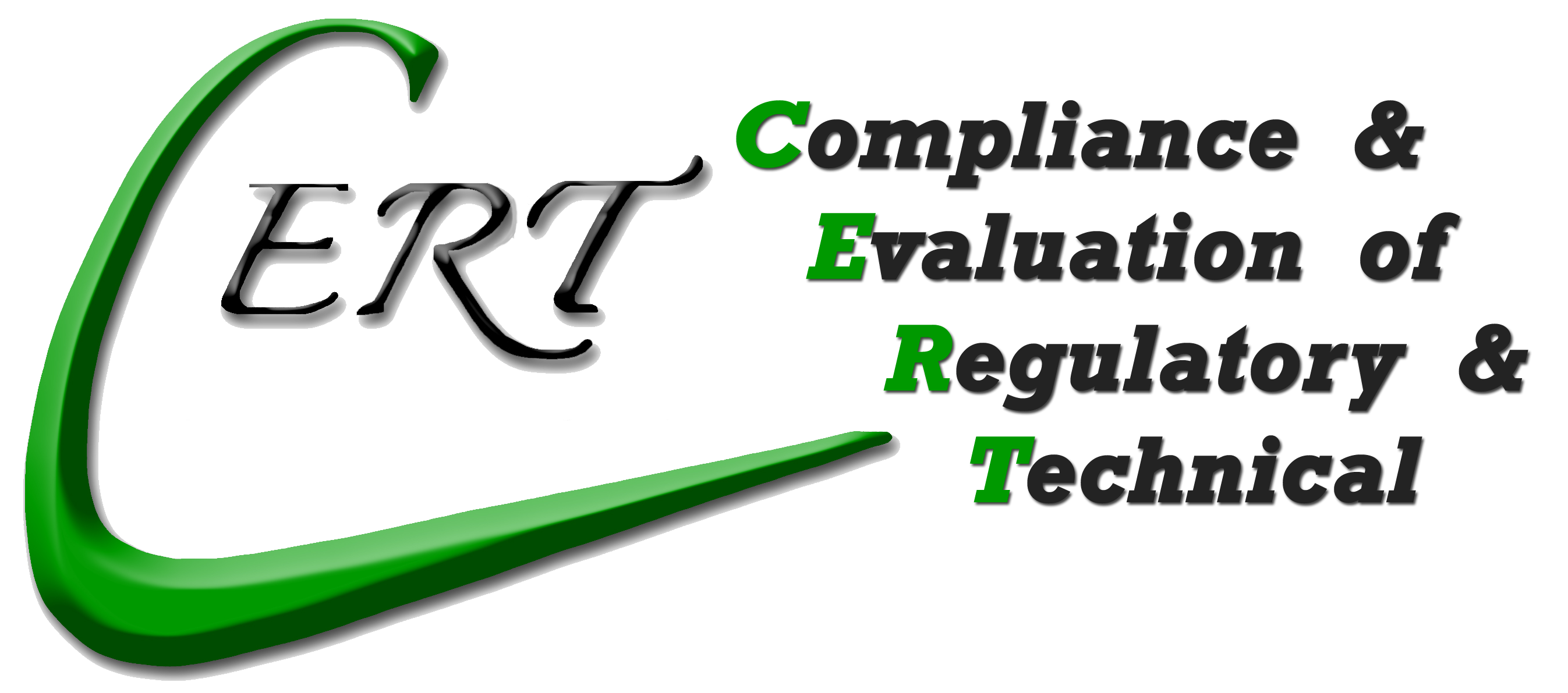Safety Data Sheets (SDS): Format, Structure, Content and Regulation – Overview
Safety Data Sheets: Content and Regulation
Manufacturers and suppliers dedicate significant resources to producing and regularly updating Safety Data Sheets (SDSs) for millions of chemical products. In turn, customers are legally required to maintain readily accessible, up-to-date libraries of SDSs for all hazardous chemicals in their possession. Governments have established regulatory authorities to oversee the circulation of SDSs, enforcing strict compliance and issuing substantial fines for violations. These measures highlight the importance of SDSs as a vital source of safety and hazard information for anyone handling chemicals.
SDS Format and Structure
The format and content of Safety Data Sheets must fully comply with national legislation. In most jurisdictions, the Globally Harmonised System (GHS) of Classification and Labelling of Chemicals, developed by the United Nations, has been adopted. This global standardisation ensures that SDSs follow a harmonised structure and present consistent information across countries. A GHS-compliant Safety Data Sheet contains 16 defined sections covering essential details on hazards, chemical properties, and safe handling practices.
SDS document sections:
| SECTION 1. Identification | Provides the product name, supplier contact details, and emergency telephone number. |
| SECTION 2. Hazard(s) identification | Summarises all hazards associated with the chemical. This section uses defined pictograms to indicate key hazard groups, which are classified into categories of severity (Category 1 being the most hazardous). |
| SECTION 3. Composition/information on ingredients | Lists the product’s composition, including CAS numbers and concentrations of individual substances. |
| SECTION 4. First-aid measures SECTION 5. Fire-fighting measures SECTION 6. Accidental release measures | These sections outline actions to take in the event of exposure, fire, or spillage. In most cases, medical consultation is strongly advised following exposure.
|
| SECTION 7. Handling and storage SECTION 8. Exposure controls/personal protection | Provide detailed guidance on safe handling, recommended personal protective equipment (PPE), and exposure control limits.
|
| SECTION 9. Physical and chemical properties SECTION 10. Stability and reactivity SECTION 11. Toxicological information SECTION 12. Ecological Information | Offer technical data on product properties, toxicology, and potential environmental impact. This information underpins hazard assessments.
|
| SECTION 13. Disposal considerations | Specifies safe disposal methods. Professional chemical waste services are generally recommended. |
| SECTION 14. Transport information SECTION 15. Regulatory information SECTION 16. Other information | Cover transport classification, regulatory requirements, and any other relevant information.
|
Signal Words:
WARNING is used for less severe hazards.
DANGER is used for the most severe hazards.
Hazard Pictograms
Defined pictograms are used providing graphical illustration of main hazards associated.
[GHS 01] Exploding bomb:
Explosion and reactivity hazards
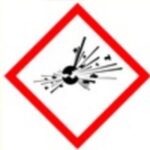
[GHS 02] Flame:
Fire hazards
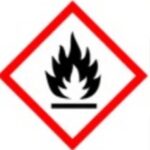
[GHS 03] Flame over Circle:
Oxidizing hazards

[GHS 04] Gas Cylinder:
Gases under pressure
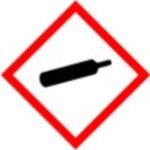
[GHS 05] Corrosion:
Corrosion damage to skin, eyes, and metals
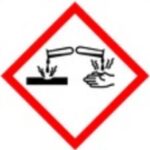
[GHS 06] Skull and Crossbones:
Severe acute toxicity with small amounts
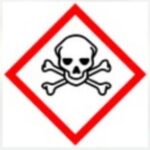
[GHS 07] Exclamation mark:
Less serious health hazards and damage to ozone layer
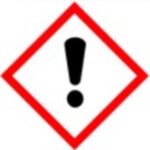
[GHS 08] Health Hazard:
More severe health hazards
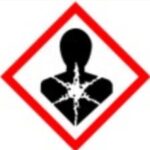
[GHS 09] Environment:
Hazardous to aquatic environment
